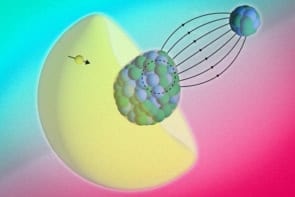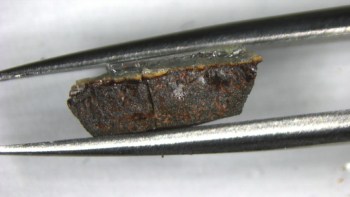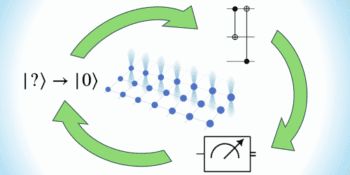The origin of sonoluminescence - the emission of light by bubbles of gas trapped in a liquid and excited by sound waves - is one of the big mysteries in physics. In a typical sonoluminescence experiment the bubble can expand to a size of up to 50 microns and then collapse to a radius of less than a micron, all within 50 microseconds or so. Short flashes of light are emitted at the minimum radius. Until recently the fact that the bubble remained stable had puzzled researchers. Now a simple extension of the hydrodynamic/chemical model that can explain this stability can also explain most of the properties of the light emissions as well (Nature 398 402).
Sascha Hilgenfeldt, Siegfried Grossman and Detlef Lohse extended the model by making the bubble’s temperature dependent on its volume and by making an allowance of the small emissivity of the weakly ionized gas inside the bubble. The latter term allows for the fact that experiments have shown that only Nobel gases remain inside the bubble during sonoluminescence.
According to their model, sonoluminescence is caused by thermal bremsstrahlung (energy produced by ionised particles changing their velocities) and recombination. In the latter process positive ions and electrons recombine and release their excess energy as photons.
One long-term aim in sonoluminescence research is to create the conditions under which deuterium and tritium will undergo thermonuclear fusion in a table-top experiment.



